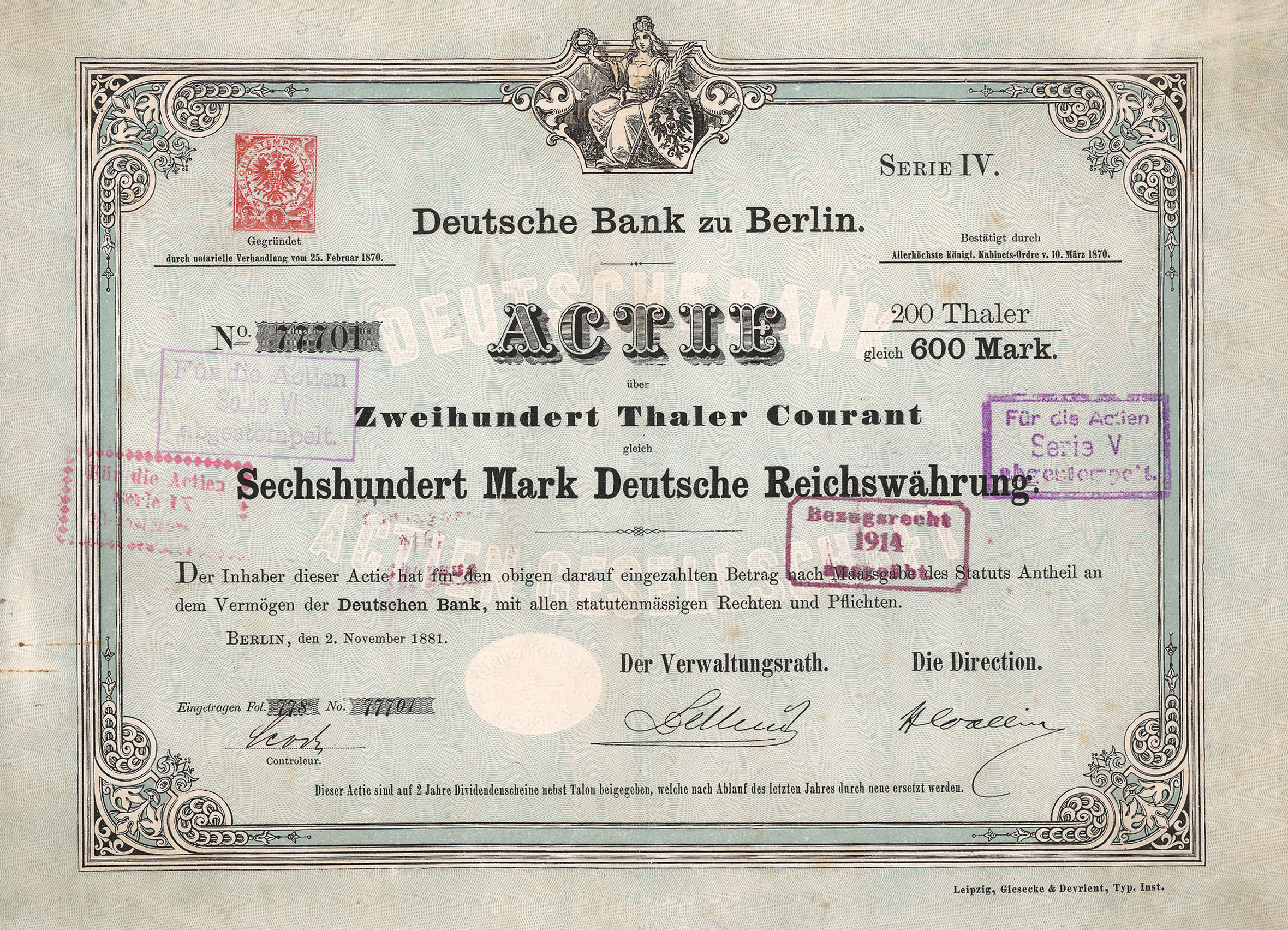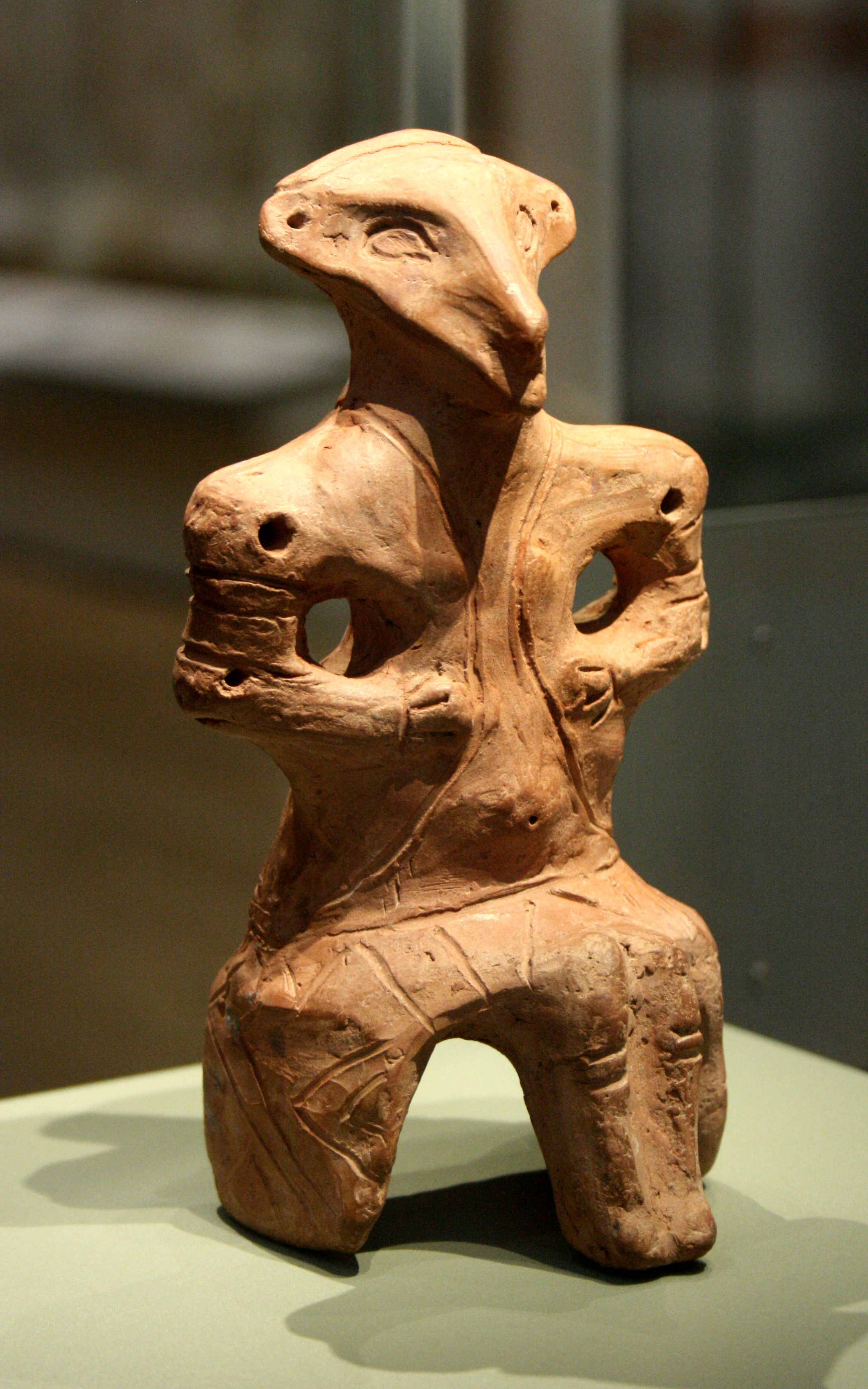|
Landesbank Für Bosnien Und Herzegowina
The Landesbank für Bosnien und Herzegowina (, ) was a bank established in Sarajevo in 1895 to help finance the development of Bosnia and Herzegovina under Austro-Hungarian rule. It kept operating after the establishment of the Kingdom of Yugoslavia and during World War II, but was liquidated in the late 1940s. Its former head office, initially built as a hotel, is a landmark of Sarajevo. History Austro-Hungarian era In 1895, the Wiener Bankverein led the creation of the Landesbank in Sarajevo, at the initiative of the Austro-Hungarian government authorities and in cooperation with the Hungarian Bank for Industry and Commerce (). The Landesbank absorbed two government-owned banks which were previously the most important in Bosnia, respectively the and the . It soon established branches in Banja Luka, Bijeljina, Brčko, Mostar, and Tuzla. In 1907, represented the Serbian community in the bank's board of directors. By the end of the Austro-Hungarian period, the local gover ... [...More Info...] [...Related Items...] OR: [Wikipedia] [Google] [Baidu] |
Sarajevo
Sarajevo ( ), ; ''see Names of European cities in different languages (Q–T)#S, names in other languages'' is the Capital city, capital and List of cities in Bosnia and Herzegovina, largest city of Bosnia and Herzegovina, with a population of 275,524 in its administrative limits. The Sarajevo metropolitan area with its surrounding municipalities has a population of 592,714 people. Located within the greater Sarajevo valley of Bosnia (region), Bosnia, it is surrounded by the Dinaric Alps and situated along the Miljacka River in the heart of the Balkans, a region of Southeastern Europe. Sarajevo is the political, financial, social, and cultural centre of Bosnia and Herzegovina and a prominent centre of culture in the Balkans. It exerts region-wide influence in entertainment, media, fashion, and the arts. Due to its long history of religious and cultural diversity, Sarajevo is sometimes called the "Jerusalem of Europe" or "Jerusalem of the Balkans". It is one of a few major Europea ... [...More Info...] [...Related Items...] OR: [Wikipedia] [Google] [Baidu] |
Tuzla
Tuzla (, , ) is the List of cities in Bosnia and Herzegovina, third-largest city of Bosnia and Herzegovina and the administrative center of Tuzla Canton of the Federation of Bosnia and Herzegovina. As of 2013, it has a population of 110,979 inhabitants. Tuzla is the economic, cultural, educational, health and tourist centre of northeast Bosnia. It is an educational center and is home to two universities. It is also the main industrial machine and one of the leading economic strongholds of the country with a wide and varied industrial sector including an expanding service sector thanks to its salt lake tourism. The city of Tuzla is home to Europe's only salt lake as part of its central park and has more than 350,000 people visiting its shores every year. The history of the city goes back to the 9th century; modern Tuzla dates back to 1510 when it became an important garrison town in the Ottoman Empire. In Bosnia and Herzegovina, Tuzla is also regarded as one of the most multicul ... [...More Info...] [...Related Items...] OR: [Wikipedia] [Google] [Baidu] |
Marshal Tito Street (Sarajevo)
Marshal Tito street, or Tito's street, is one of the main streets in Sarajevo, located in the Centar Municipality. The street is named after Josip Broz Tito, the former President of Yugoslavia. Marshal Tito street connects Mula Mustafa Bašeskija street and Ferhadija street on the east and Zmaj od Bosne street on the west. Through this street lies the main route of Sarajevo trams. History of name After the Austro-Hungarian occupation of Bosnia and Herzegovina, the section from Koševski Potok to Baščaršija was called Ćemaluša, but was renamed after Franz Ferdinand following his assassination. A new street was laid out in January 1919, between Marijin Dvor and Baščaršija. First it was named after Alexander Karađorđević, and in 1921 after Aleksandar I Karađorđević. From 1941 to 1945, it was named after Ante Pavelić. Its current name the street has had since 6 April 1945. In 1993, the street was bisected: The part from Marijin Dvor to the Eternal flame rem ... [...More Info...] [...Related Items...] OR: [Wikipedia] [Google] [Baidu] |
Josip Vancaš
Josip Vancaš (22 March 1859 – 15 December 1932) was an Austro-Hungarian and Yugoslav architect who spent most of his career in the Bosnian city of Sarajevo, where he designed over two hundred buildings. He also designed important buildings in present-day Croatia and Slovenia. He was also the first conductor of the Männer-gesang-verein in Sarajevo, at its founding in 1887. Life Born into a Croat family in Sopron, Hungary, where his father worked as a postal clerk, Vancaš attended the High Technical School in Zagreb, where his father had been appointed postmaster. He then moved to Vienna to study architecture at the Technical University from 1876 to 1881.http://www.zagrebmojgrad.hr/site/mercury/20100725-zgmg-29-pdf-61e9.pdf (pristupljeno 16. kolovoza 2012.) For one year Vancaš worked in the offices of Ferdinand Fellner and Hermann Helmer, then graduated in 1883 at the Art Academy in Vienna under the supervision of Friedrich von Schmidt, expert in medieval architecture, ... [...More Info...] [...Related Items...] OR: [Wikipedia] [Google] [Baidu] |
Karel Pařík
Karel Pařík (4 July 1857 – 16 June 1942) was a Czech-born architect in the Austro-Hungarian empire. Pařík spent most of his life in Sarajevo where he designed over seventy major buildings, which are today classified among the most beautiful in Bosnia and Herzegovina. For Bosnians, he is also known as Karlo Paržik and is considered as "The builder of Sarajevo". He died working on his last project, Sarajevo City Hall, which later became one of the symbols of the city. "Czech by birth, Sarajevan by choice" stands encrypted on his gravestone in Sarajevo. Biography Born in Veliš near Jičín in 1857, Pařík moved to Sarajevo at the age of 26, after the Austro-Hungarian occupation of Bosnia and Herzegovina. He designed around 150 buildings in Bosnia, 70 of them in Sarajevo. Today, they house important Sarajevo institutions such as the National Museum of Bosnia and Herzegovina, the Sarajevo National Theatre, the Faculty of Islamic Sciences, the Ashkenazi Synagogue, as we ... [...More Info...] [...Related Items...] OR: [Wikipedia] [Google] [Baidu] |
Independent State Of Croatia
The Independent State of Croatia (, NDH) was a World War II–era puppet state of Nazi Germany and Fascist Italy (1922–1943), Fascist Italy. It was established in parts of Axis occupation of Yugoslavia, occupied Yugoslavia on 10 April 1941, after invasion of Yugoslavia, the invasion by the Axis powers. Its territory consisted mostly of modern-day Croatia and Bosnia and Herzegovina, as well as some parts of modern-day Serbia and Slovenia, but also excluded many Croats, Croat-populated areas in Dalmatia (until late 1943), Istria, and Međimurje (region), Međimurje regions (which today are part of Croatia). During its entire existence, the NDH was governed as a one-party state by the Fascism, fascist Ustaše organization. The Ustaše was led by the ''Poglavnik'' Ante Pavelić."''Poglavnik''" was coined by the Ustaše and originally a title for the movement's leader. In 1941 it was institutionalized in the NDH as the title of first the Prime Minister (1941–1943), and then the ... [...More Info...] [...Related Items...] OR: [Wikipedia] [Google] [Baidu] |
Deutsche Bank
Deutsche Bank AG (, ) is a Germany, German multinational Investment banking, investment bank and financial services company headquartered in Frankfurt, Germany, and dual-listed on the Frankfurt Stock Exchange and the New York Stock Exchange. Deutsche Bank was founded in 1870 in Berlin. From 1929 to 1937, following its merger with Disconto-Gesellschaft, it was known as ''Deutsche Bank und Disconto-Gesellschaft'' or DeDi-Bank. Other transformative acquisitions have included those of Mendelssohn & Co. in 1938, Morgan, Grenfell & Company, Morgan Grenfell in 1990, Bankers Trust in 1998, and Deutsche Postbank in 2010. As of 2018, the bank's network spanned 58 countries with a large presence in Europe, the Americas, and Asia. It is a component of the DAX stock market index and is often referred to as the List of banks in Germany, largest German banking institution, with Deutsche Bank holding the majority stake in DWS Group for combined assets of 2.2 trillion euros, rivaling even Spa ... [...More Info...] [...Related Items...] OR: [Wikipedia] [Google] [Baidu] |
Anschluss
The (, or , ), also known as the (, ), was the annexation of the Federal State of Austria into Nazi Germany on 12 March 1938. The idea of an (a united Austria and Germany that would form a "German Question, Greater Germany") arose after the unification of Germany, 1871 unification of Germany excluded Austria and the German Austrians from the Prussian-dominated German Empire. It gained support after the Austria-Hungary, Austro-Hungarian Empire fell in 1918. The new Republic of German-Austria attempted to form a union with Germany, but the 1919 Treaty of Saint-Germain-en-Laye (1919), Treaty of Saint Germain and Treaty of Versailles forbade both the union and the continued use of the name "German-Austria" (); they also stripped Austria of some of its territories, such as the Sudetenland. This left Austria without most of the territories it had ruled for centuries and amid economic crisis. By the 1920s, the proposal had strong support in both Austria and Germany, particularly ... [...More Info...] [...Related Items...] OR: [Wikipedia] [Google] [Baidu] |
Belgrade
Belgrade is the Capital city, capital and List of cities in Serbia, largest city of Serbia. It is located at the confluence of the Sava and Danube rivers and at the crossroads of the Pannonian Basin, Pannonian Plain and the Balkan Peninsula. The population of the Belgrade metropolitan area is 1,685,563 according to the 2022 census. It is one of the Balkans#Urbanization, major cities of Southeast Europe and the List of cities and towns on the river Danube, third-most populous city on the river Danube. Belgrade is one of the List of oldest continuously inhabited cities, oldest continuously inhabited cities in Europe and the world. One of the most important prehistoric cultures of Europe, the Vinča culture, evolved within the Belgrade area in the 6th millennium BC. In antiquity, Thracians, Thraco-Dacians inhabited the region and, after 279 BC, Celts settled the city, naming it ''Singidunum, Singidūn''. It was Roman Serbia, conquered by the Romans under the reign of Augustus and ... [...More Info...] [...Related Items...] OR: [Wikipedia] [Google] [Baidu] |
Zagreb
Zagreb ( ) is the capital (political), capital and List of cities and towns in Croatia#List of cities and towns, largest city of Croatia. It is in the Northern Croatia, north of the country, along the Sava river, at the southern slopes of the Medvednica mountain. Zagreb stands near the international border between Croatia and Slovenia at an elevation of approximately above mean sea level, above sea level. At the 2021 census, the city itself had a population of 767,131, while the population of Zagreb metropolitan area is 1,086,528. The oldest settlement in the vicinity of the city was the Roman Andautonia, in today's Šćitarjevo. The historical record of the name "Zagreb" dates from 1134, in reference to the foundation of the settlement at Kaptol, Zagreb, Kaptol in 1094. Zagreb became a free royal city in 1242. In 1851, Janko Kamauf became Zagreb's List of mayors of Zagreb, first mayor. Zagreb has special status as a Administrative divisions of Croatia, Croatian administrative ... [...More Info...] [...Related Items...] OR: [Wikipedia] [Google] [Baidu] |
Basler Handelsbank
Swiss Bank Corporation ( French: ''Société de banque suisse''; German: ''Schweizerischer Bankverein'') was a Swiss investment bank and financial services company located in Switzerland. Prior to its merger, the bank was the third largest in Switzerland, with over CHF 300 billion of assets and CHF 11.7 billion of equity. Throughout the 1990s, SBC engaged in a large growth initiative, shifting its focus from traditional commercial banking into investment banking, in an effort to match its larger Swiss rival Credit Suisse. As part of this strategy, SBC acquired US-based investment bank Dillon Read & Co. as well as London-based merchant bank S.G. Warburg in the mid-1990s. SBC also acquired Chicago-based Brinson Partners and O'Connor & Associates. These acquisitions formed the basis for a global investment banking business. In 1998, SBC merged with Union Bank of Switzerland to form UBS, the largest bank in Europe and the second largest bank in the world. The ... [...More Info...] [...Related Items...] OR: [Wikipedia] [Google] [Baidu] |







